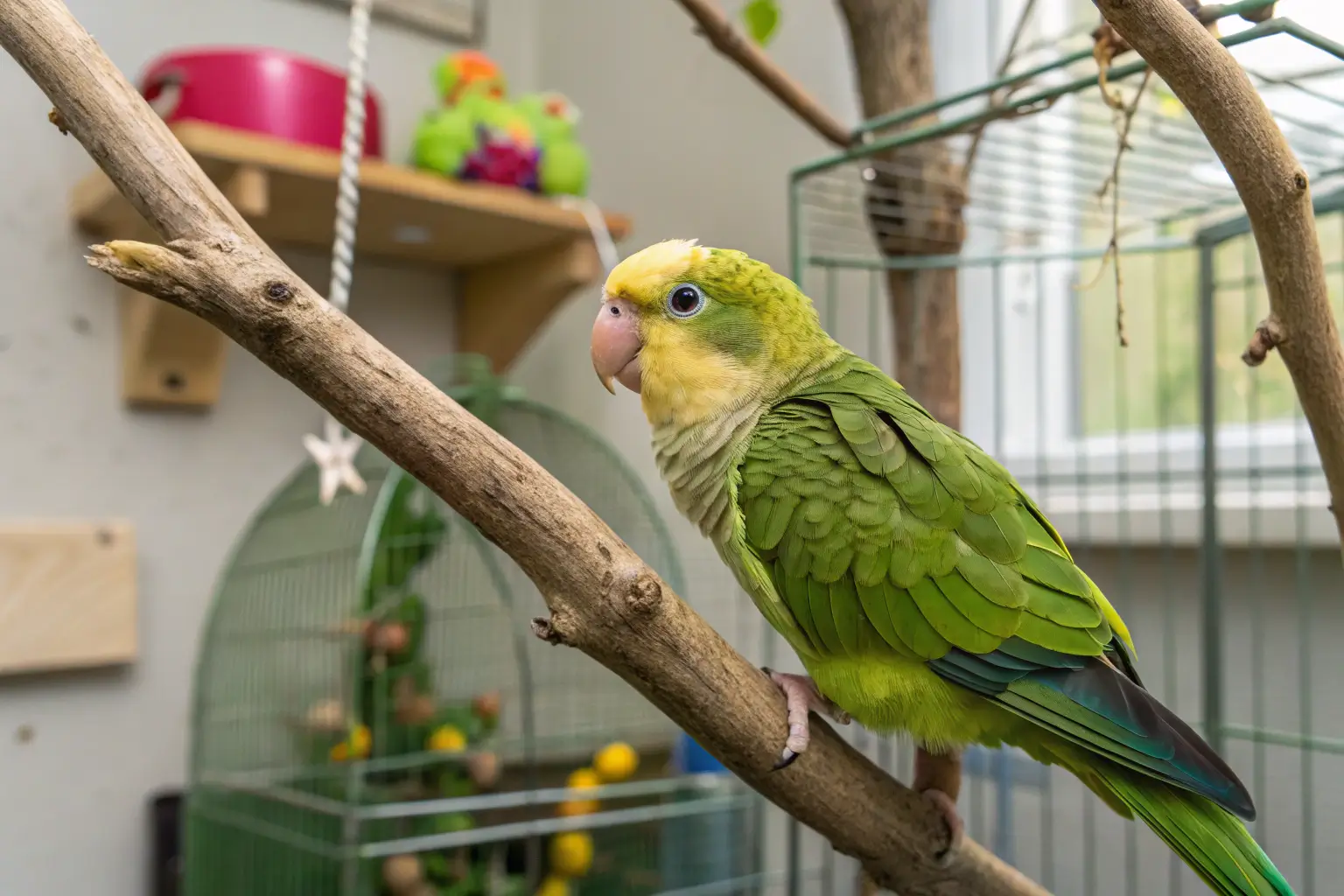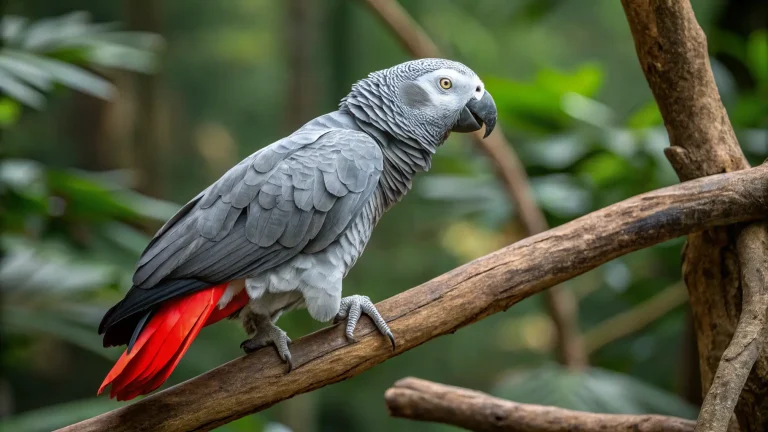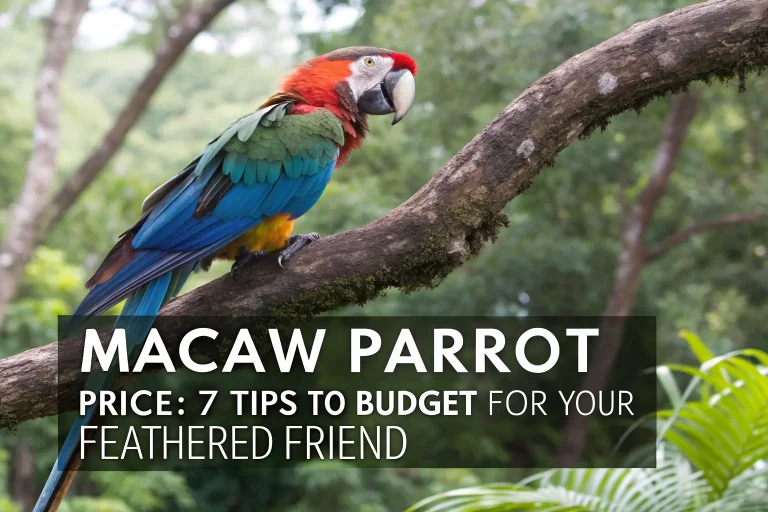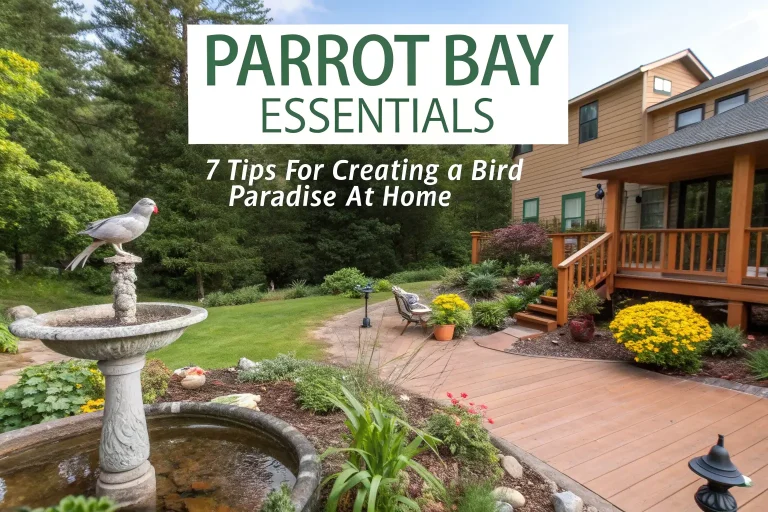Quaker Parrot for Sale: Reasons Why They’re Perfect Pets
Are you considering adding a feathered friend to your family? A quaker parrot for sale might catch your eye at the local pet store or online marketplace—and for good reason. These charismatic little birds, with their vibrant personalities and remarkable intelligence, have become increasingly popular companions for bird enthusiasts of all experience levels. Unlike larger parrots that require extensive space and specialized care, quaker parrots (also known as monk parakeets) offer an accessible entry point into the rewarding world of avian companionship. Whether you’re a first-time bird owner or looking to expand your flock, these charming creatures deserve serious consideration when exploring potential pets for your home.
Introduction
The quaker parrot (Myiopsitta monachus) stands out among companion birds for its exceptional combination of intelligence, personality, and manageable size. Native to South America, these birds have adapted remarkably well to living alongside humans, forming deep bonds with their caretakers that often last their 20-30 year lifespan.
For anyone researching a quaker parrot for sale, it’s essential to understand both the joys and responsibilities that come with these captivating creatures. Their ability to mimic human speech, solve problems, and display affection makes them extraordinary companions, but they also require dedicated care and attention to thrive in captivity.
Did you know that quaker parrots are the only parrot species that builds elaborate stick nests in the wild? This unique architectural skill translates to captivity, where they often arrange toys and cage accessories with surprising precision—just one of many fascinating behaviors that make these birds such engaging pets.
Species Overview

Scientific Name: Myiopsitta monachus
The quaker parrot belongs to the family Psittacidae, which includes all true parrots. While less familiar to many than macaws or African greys, these medium-sized parrots have carved out their own niche in the pet bird community.
Physical Characteristics
When browsing listings for a quaker parrot for sale, you’ll typically find birds measuring 11-12 inches in length from beak to tail tip, weighing approximately 90-120 grams. Their most distinctive feature is their vibrant coloration—wild-type quakers display bright green upperparts, grayish-blue underparts, and a distinctive grayish breast that resembles Quaker religious attire (hence their common name).
The quaker’s beak is horn-colored and hooked, perfectly adapted for cracking seeds and manipulating objects. Their eyes are dark brown, surrounded by bare white eye-rings that contrast beautifully with their colorful plumage. Both males and females look nearly identical, making visual sexing difficult without professional assistance.
Subspecies
Four subspecies of quaker parrots exist in the wild:
- Myiopsitta monachus monachus – The nominate subspecies, found in southern Brazil, Paraguay, Uruguay, and northern Argentina
- Myiopsitta monachus calita – Slightly smaller with less extensive gray areas, native to western Argentina
- Myiopsitta monachus cotorra – Found in Bolivia, featuring more vibrant coloration
- Myiopsitta monachus luchsi – The Cliff Parakeet, which nests on cliffs rather than in trees
In captivity, selective breeding has produced several color mutations, including blue, cinnamon, lutino (yellow), and pied varieties. These color morphs occasionally command higher prices when you’re looking at a quaker parrot for sale.
Habitat and Distribution
Natural Habitat
In their native range, quaker parrots inhabit open woodlands, savannas, and agricultural areas with scattered trees. Unlike most parrot species that nest in tree hollows, quaker parrots construct elaborate communal stick nests, sometimes containing multiple chambers that house several pairs.
Geographic Range
Quaker parrots naturally occur throughout Argentina, Bolivia, Brazil, Paraguay, and Uruguay. However, feral populations have established themselves in numerous countries worldwide, including the United States (particularly in Florida, Texas, and New York), Spain, Belgium, Italy, and the United Kingdom. These feral colonies demonstrate the quaker parrot’s remarkable adaptability to various climates and environments.
Adaptations
The success of quaker parrots in such diverse environments stems from several key adaptations:
- Nest-building behavior: Their unique communal nests provide insulation in cold weather and protection from predators
- Dietary flexibility: Ability to consume various seeds, fruits, and vegetation
- Social intelligence: Complex communication and cooperation within flocks
- Temperature tolerance: Can withstand significantly colder temperatures than most tropical parrot species
These adaptations make quaker parrots highly resilient both in the wild and in captivity, contributing to their popularity among those searching for a quaker parrot for sale.
Diet and Feeding Habits
What It Eats
In their natural environment, quaker parrots consume a diverse diet consisting of:
- Seeds and grains
- Fruits and berries
- Nuts
- Leaf buds and blossoms
- Insects (occasionally)
For pet quakers, replicating this varied diet is crucial for optimal health. A quality captive diet should include:
- High-quality pellet food (40-50% of diet)
- Fresh vegetables (30-40%) such as leafy greens, carrots, broccoli, and sweet potatoes
- Fruits (10-15%) including apples, berries, and melons
- Limited seeds and nuts (5-10%) as treats or training rewards
Foraging Behavior
When you welcome a quaker parrot for sale into your home, you’ll quickly notice their natural foraging instincts. In the wild, quakers spend significant time searching for food, using their dexterous feet and beaks to manipulate objects and extract edible items.
To support this natural behavior in captivity, provide foraging toys that require problem-solving to access treats. Puzzle feeders, treat-dispensing toys, and hiding food within crumpled paper or cardboard encourage natural behaviors and provide valuable mental stimulation.
Dietary Needs
Proper nutrition is essential when caring for a quaker parrot. These birds require:
- Vitamin A: Critical for respiratory health and immune function
- Calcium: Essential for bone health and egg production in breeding females
- Protein: Important for feather development and overall growth
- Low-fat diet: To prevent obesity, a common health concern in captive parrots
Avoid feeding avocado, chocolate, caffeine, alcohol, and high-salt or high-sugar foods, which can be toxic or harmful to your pet bird.
Behavior and Social Structure
Social Behavior
Quaker parrots are highly social creatures, living in large colonies in the wild. This social nature translates to captivity, where they form strong bonds with their human caregivers and potentially other household pets. When considering a quaker parrot for sale, understand that these birds thrive on interaction and can become destructive or develop behavioral problems if left isolated for extended periods.
Their social hierarchy is complex, with established pair bonds and familial groups within larger colonies. In captivity, a single quaker typically views its human family as its flock, establishing its position within the household’s social structure.




